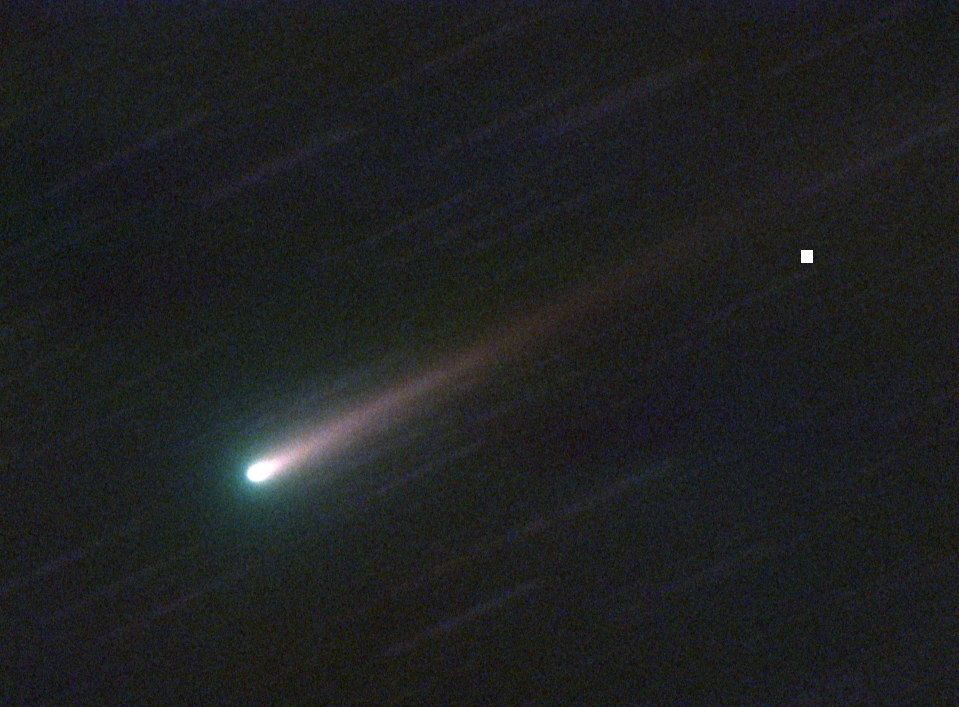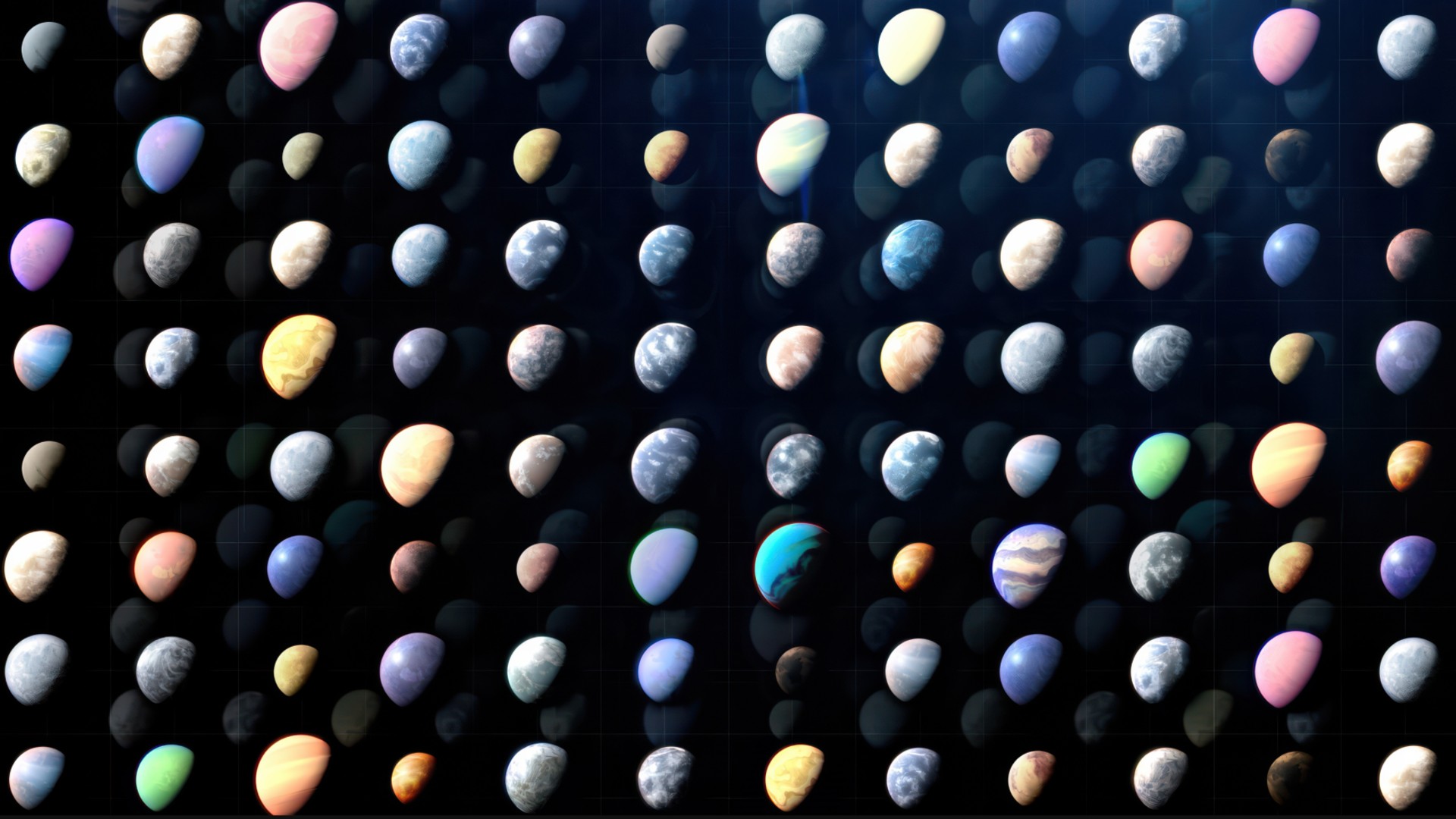
The promising Comet ISON's close pass by the sun this week has amateur astronomers on the edge of their seats, but professional scientists are anticipating the celestial encounter with perhaps even greater relish.
Comet ISON is set to skim just 730,000 miles (1.2 million kilometers) above the surface of the sun on Thanksgiving Day (Nov. 28). The comet has brightened considerably as it has zoomed closer and closer to the sun in recent weeks, thrilling stargazers who have captured amazing photos of ISON and giving researchers interested in comet composition a lot to look forward to in the coming days.
"We're going to see primitive solar system material outgassing and sublimating when it's right close to the sun," said Karl Battams of the U.S. Naval Research Lab in Washington, D.C., who studies "sungrazing" comets like ISON. "So that right there gives us a huge chunk of valuable information." [How to See Comet ISON in the Night Sky]
A pristine sungrazer
It's not particularly rare for a comet to zip close to the sun, or even dive straight through our star's sizzling-hot atmosphere. But Comet ISON is special, researchers say.
For starters, Comet ISON is bigger than most other sungrazers, with a core estimated to be about 1,650 feet (500 meters) wide, Battams said. Further, Comet ISON is likely making its first trip through the inner solar system from the distant, frigid comet repository known as the Oort Cloud. So its volatile components have not been baked off already by previous encounters with the sun, giving scientists a rare look at a relatively pristine comet.
"You have the primitive solar system material in a sungrazing orbit — that's something that is basically unprecedented in modern recorded history," Battams told SPACE.com. "I'm sure it's happened before, but we have no definite record of a sungrazing Oort Cloud comet."
Breaking space news, the latest updates on rocket launches, skywatching events and more!
In addition, ISON was discovered back in September 2012, giving researchers lots of time to prepare for its solar flyby. They've thus been able to track the comet's journey with a variety of instruments on the ground and in space as part of the NASA-organized Comet ISON Observation Campaign (CIOC).
"We see sungrazing comets all the time, but they're always very small, and usually we get to see them maybe for a few hours in spacecraft data," said Battams, who is a member of the CIOC team. "In this case, with ISON, we've had well over a year of observing a sungrazing comet. So that helps us build up a picture of its behavior before it becomes a sungrazer, and then we can compare that to its behavior after it has done the sungrazing thing, assuming it survives."
Learning about the sun
Sungrazing comets like ISON also give researchers a chance to learn more about our star. For example, scientists can measure the speed and other characteristics of the solar wind by noticing how the comet's tail behaves while it's still relatively far from the sun.
And as ISON dives past the sun on Thursday, a trail of its particles will cling to the magnetic field in the sun's atmosphere, opening a window on the processes occurring in this extreme environment.
"That helps us learn about some of the velocities of things that are going on there, the temperatures. We get to actually visibly see the magnetic field structure," Battams said. "It's a completely unique probe of that region of the solar system."
Like skywatchers, Battams and other researchers hope Comet ISON survives its Thanksgiving sun encounter. Just as ISON will put on its most dramatic sky show after the close encounter — if it survives — some of the best scientific observations will likely be made as the comet is zipping back out into the depths of space.
But the success of the observation campaign doesn't hinge on ISON's ability to hold together, Battams said.
"Even if the comet was to fizzle out right now … we could absolutely stand up and say that this whole observing campaign has just been an overwhelming success," he said. "We have so much data for the comet. So many resources, so many eyes, so many telescopes that have been pointed towards it for such a long time now have seen it go through so many morphological changes. We have a huge amount of data, really an unprecedented amount."
Editor's note: If you snap an amazing picture of Comet ISON or any other night sky view that you'd like to share for a possible story or image gallery, send photos, comments and your name and location to managing editor Tariq Malik at spacephotos@space.com.
You can follow the latest Comet ISON news, photos and video on SPACE.com.
Follow Mike Wall on Twitter @michaeldwall and Google+. Follow us @Spacedotcom, Facebook or Google+. Originally published on SPACE.com.
Join our Space Forums to keep talking space on the latest missions, night sky and more! And if you have a news tip, correction or comment, let us know at: community@space.com.

Michael Wall is a Senior Space Writer with Space.com and joined the team in 2010. He primarily covers exoplanets, spaceflight and military space, but has been known to dabble in the space art beat. His book about the search for alien life, "Out There," was published on Nov. 13, 2018. Before becoming a science writer, Michael worked as a herpetologist and wildlife biologist. He has a Ph.D. in evolutionary biology from the University of Sydney, Australia, a bachelor's degree from the University of Arizona, and a graduate certificate in science writing from the University of California, Santa Cruz. To find out what his latest project is, you can follow Michael on Twitter.


